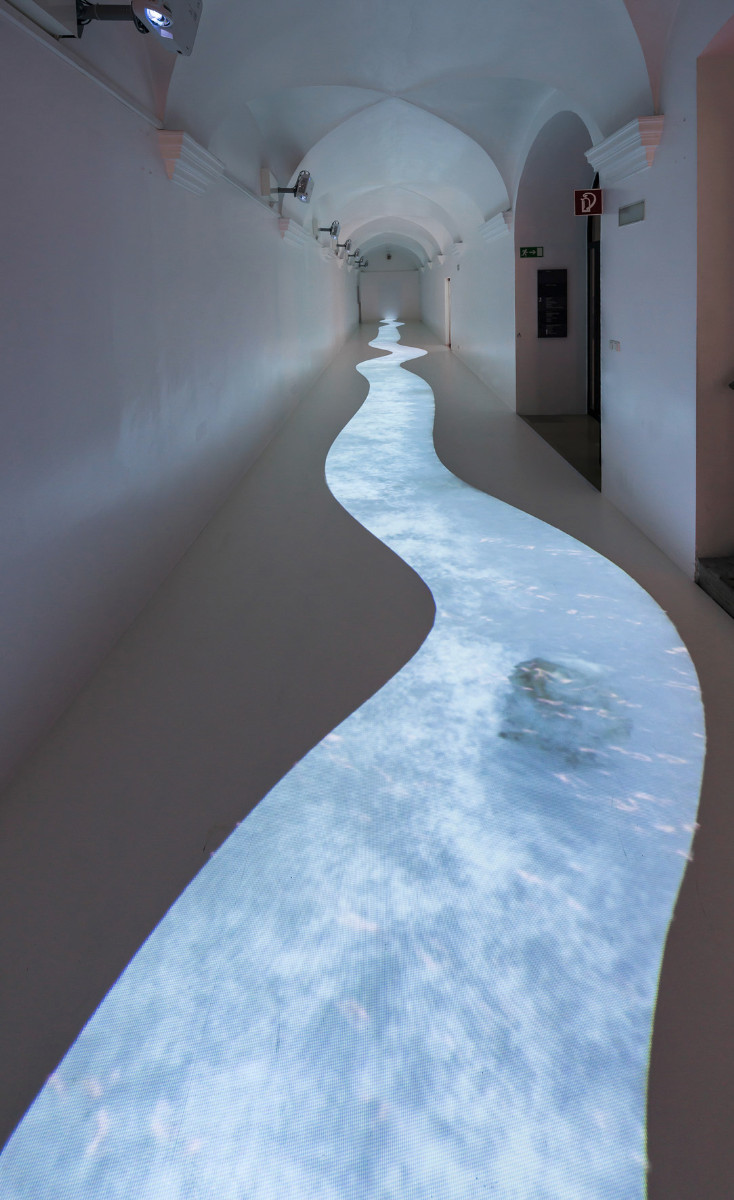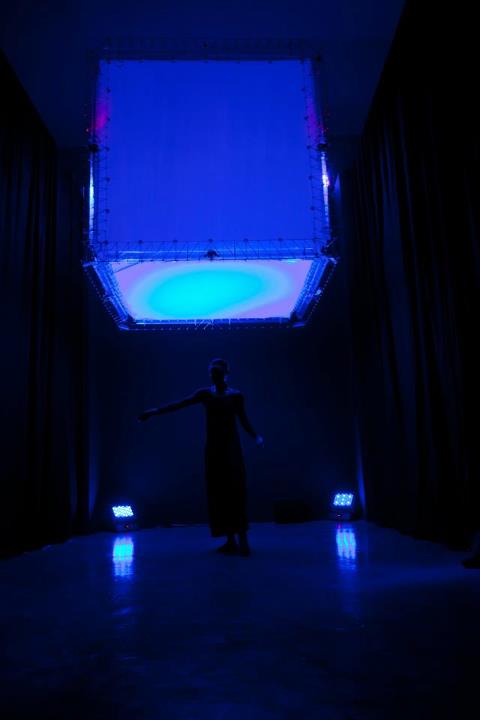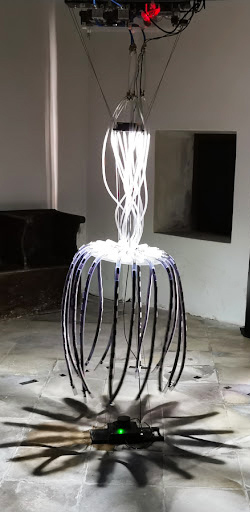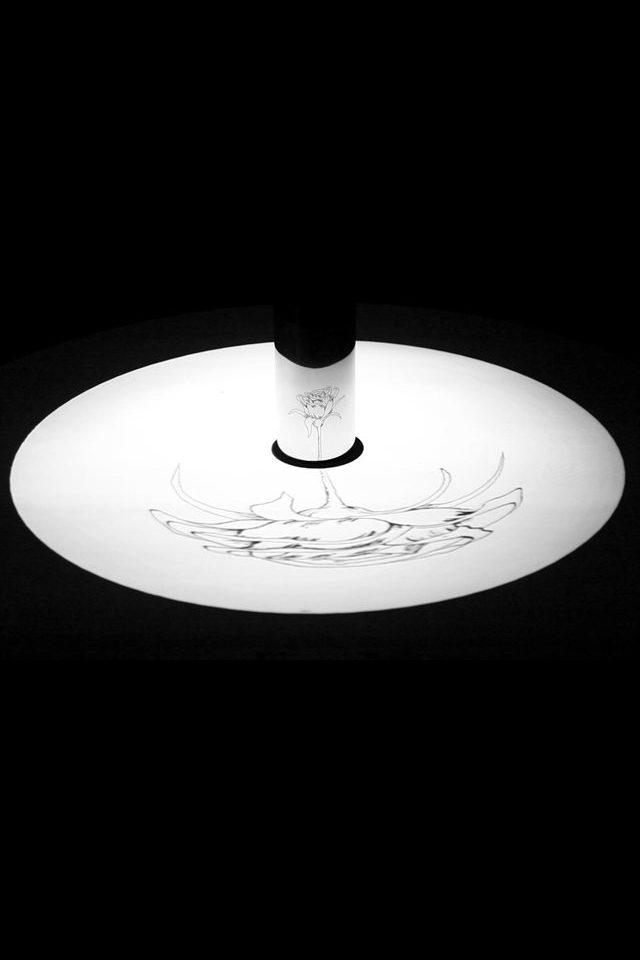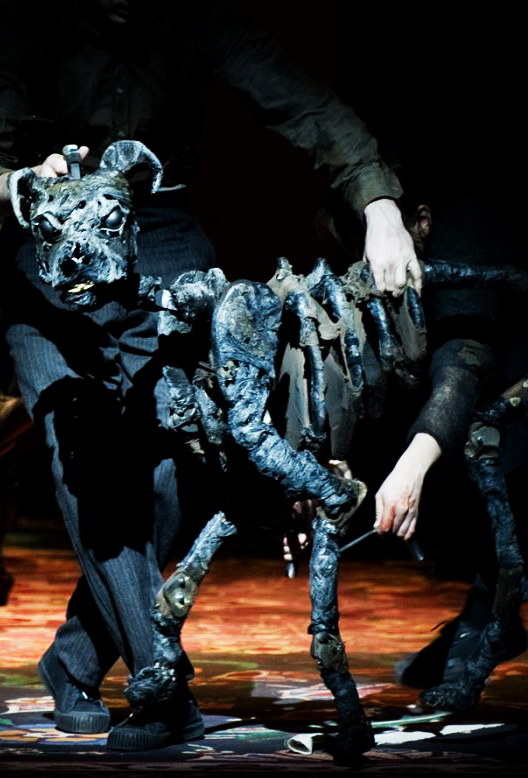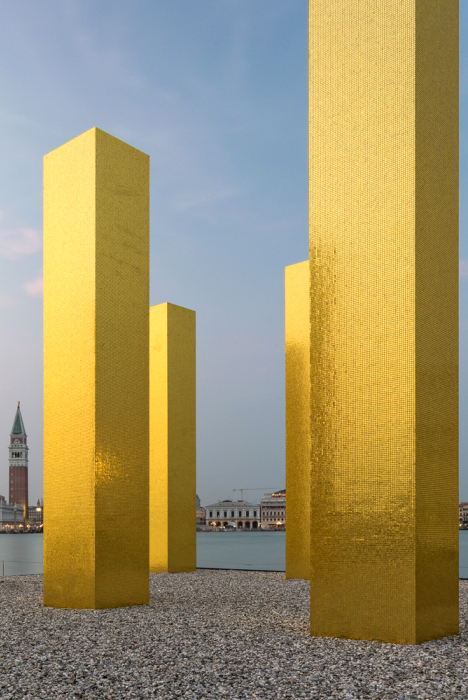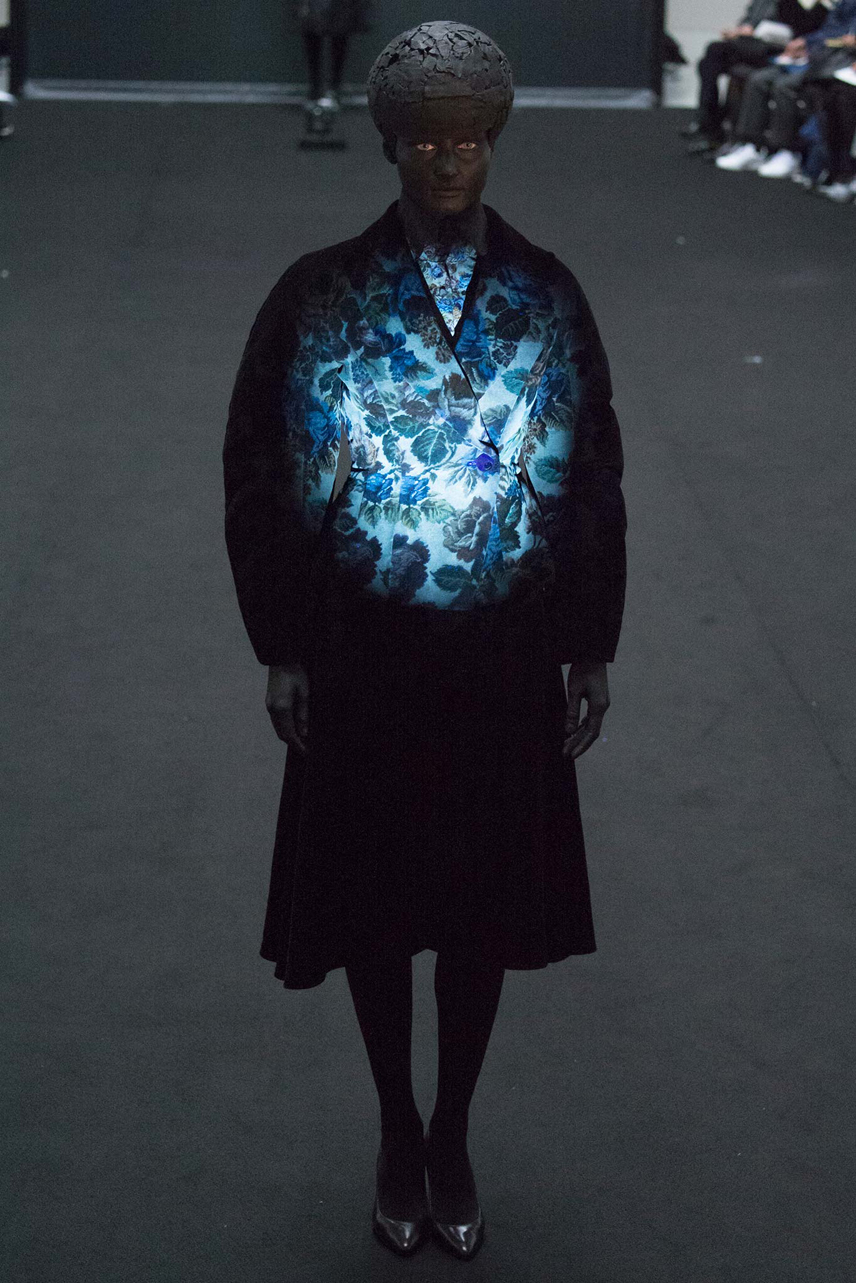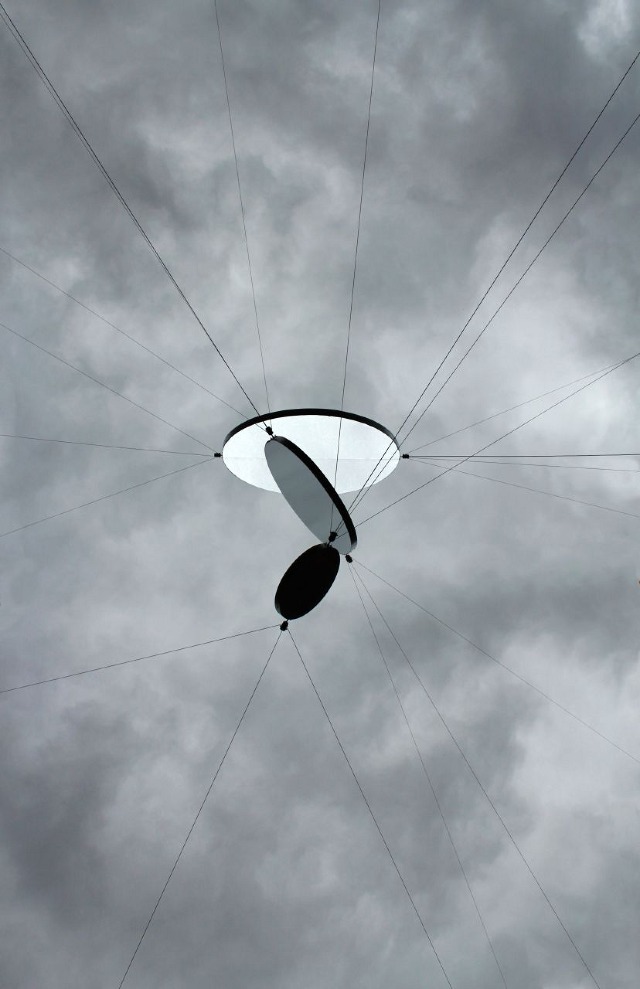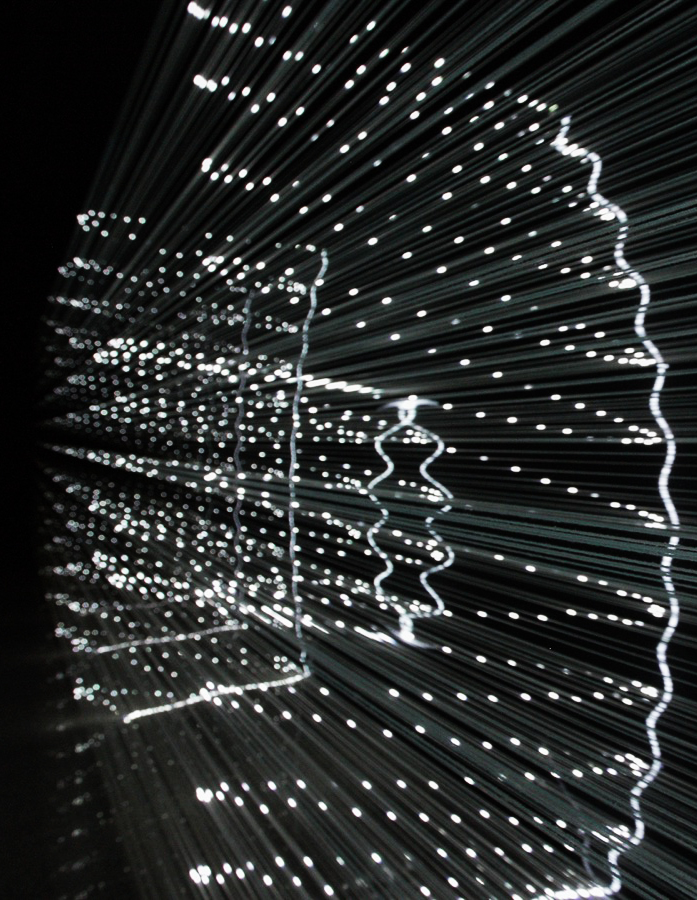The Color Project
MPC New York und ich wurden eingeladen, ein generatives Kunstwerk für den hochkarätigen Start des Media Centers beizusteuern. ‘The Color Project’ ist Teil eines fortlaufenden F & E-Konzepts, das von mir und MPC Digital entwickelt wurde. Das Startstück bleibt als eine von fünf permanenten Installationen im Zentrum zu sehen. Das Made in NY Media Center von IFP bringt Innovatoren aus verschiedenen Kreativbranchen und aus allen Regionen zusammen widmet sich der Definition und Förderung der Zukunft des digitalen Geschichtenerzählens. Der Raum befähigt Künstler, indem er sie mit Ressourcen und Publikum verbindet, um ihre Kunst weiterzuentwickeln. Das Farbprojekt konzentriert sich auf die Erforschung von Erzählungen anhand von Farben, Linien und Formen, die in geografischen Satellitenbildern zu finden sind. Diese Implementierung des Projekts hebt die Schauplätze vieler Filme hervor, die von IFP verfochten wurden. Die formalen Motive jedes Filmortes werden in Form eines Rasters von 162 Globen untersucht. In wunderschöner Synchronizität taucht jede Ansicht zuerst aus dem Weltraum auf und bleibt bei einer einzelnen Farbe in der Landschaft stehen, wodurch ein ortsspezifisches Mosaik entsteht. Das Stück springt von einem Ort zum nächsten und zeigt den Charakter von Bogotá, Kolumbien (Maria voller Anmut), Cleveland, New York City, Florida (Fremder als das Paradies), Vietnam und Virginia (Der gefährlichste Mann in Amerika: Daniel Ellsberg) und die Pentagon Papers), während sie gleichzeitig auf den Kontrast zwischen den Standorten aufmerksam machen. Das Stück verwendet Google Earth und eine benutzerdefinierte Software zeichnet programmgesteuert die geografischen Merkmale jedes Standorts auf, die auf einer beeindruckenden Wand aus 27 HD-Bildschirmen dargestellt werden.


